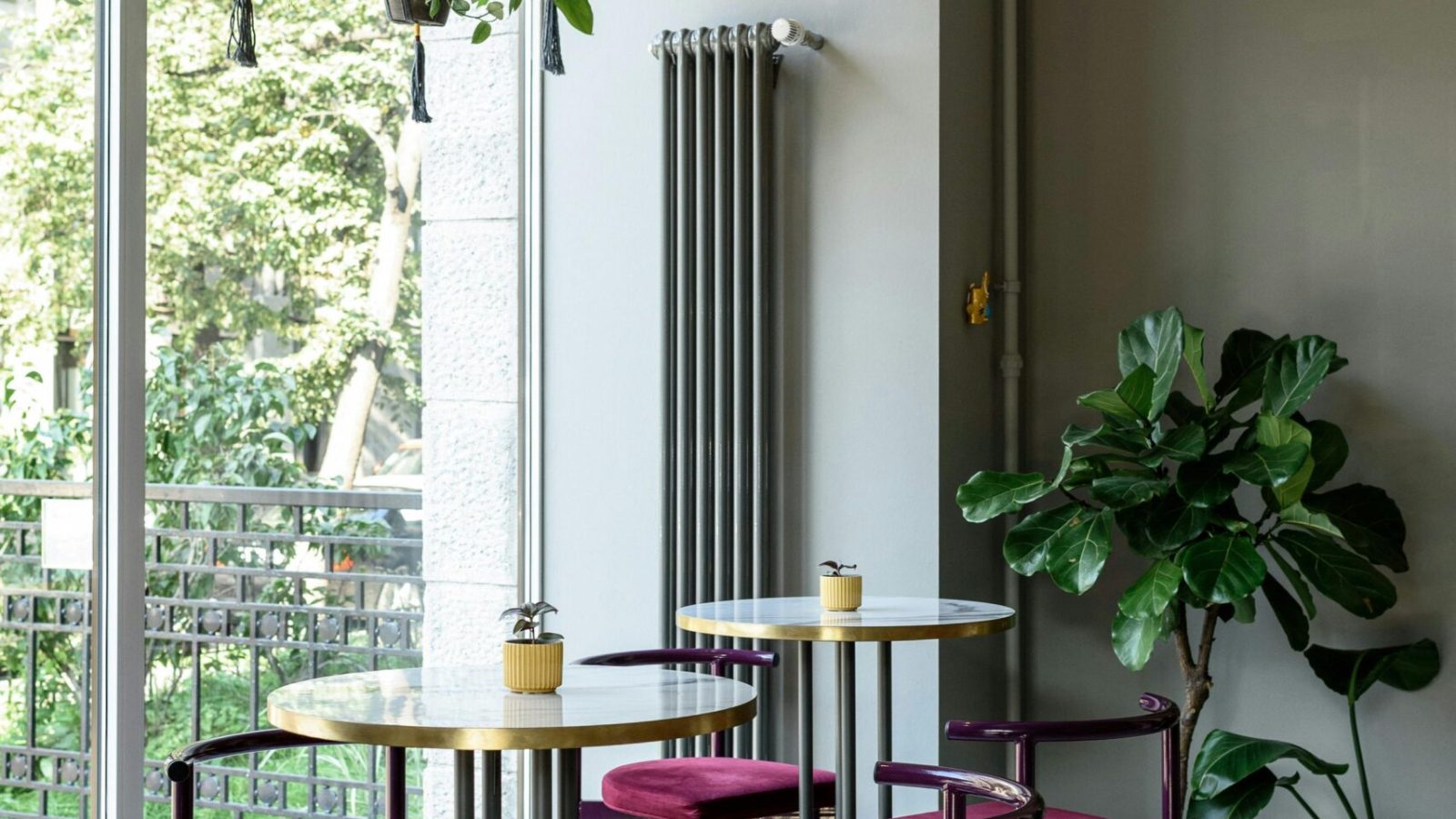Dining is more than just about nourishing our bodies; it’s a holistic experience that engages all our senses. One crucial aspect of this experience often overlooked is dining decor. Whether you’re hosting a dinner party or enjoying a quiet meal with loved ones, the ambiance created by your dining decor can significantly influence the mood and enjoyment of the occasion.
Setting the Scene
Imagine walking into a dining room that is thoughtfully adorned with elements that stimulate your senses and set a welcoming tone. The colors, lighting, tableware, and even the arrangement of furniture play pivotal roles in shaping this atmosphere.
1. Colors and Themes
The color palette you choose sets the foundation for your dining decor. Warm tones like deep reds or earthy browns can create a cozy, intimate feel, perfect for romantic dinners or winter gatherings. On the other hand, cool tones such as blues and greens can evoke a sense of freshness and serenity, ideal for summer meals or casual brunches.
Themes can also add personality to your dining space. Whether it’s rustic farmhouse charm with wooden accents and vintage tableware or minimalist elegance with sleek lines and monochromatic colors, your chosen theme should reflect your style and complement the overall aesthetic of your home.
2. Lighting Matters
Lighting is crucial in creating ambiance. Soft, diffused lighting from overhead fixtures or strategically placed lamps can create a warm and inviting atmosphere. Consider using dimmer switches to adjust the brightness according to the occasion. Candles are another excellent option for adding a touch of intimacy and romance to your dining experience.
3. Tableware and Centerpieces
The table itself is the centerpiece of your dining decor. Choose tableware that complements your theme and enhances the dining experience. Crisp white plates provide a timeless elegance, while colorful ceramics can inject vibrancy and character. Don’t underestimate the power of a well-chosen centerpiece—a bouquet of fresh flowers, a striking sculpture, or even a collection of candles can serve as focal points that tie the entire look together.
4. Furniture and Layout
The arrangement of furniture can affect the flow and comfort of your dining space. Ensure there is enough space between chairs for easy movement and conversation. If space allows, consider incorporating a sideboard or buffet to display decorative pieces or to serve as additional storage for dining essentials.
5. Personal Touches
Finally, don’t forget to infuse your dining decor with personal touches that reflect your personality and style. Display family heirlooms, travel souvenirs, or handmade pottery to add a unique flair to the space. These elements not only make your dining area more inviting but also spark interesting conversations among guests.
Conclusion
In essence, dining decor is about creating a space where every meal becomes an experience to savor. Whether you prefer a formal setting or a casual gathering, thoughtful attention to detail in your dining decor can elevate ordinary meals into memorable occasions. So, the next time you prepare to host a dinner or simply sit down for a meal, take a moment to consider how your dining decor can enhance the overall experience—it’s a feast for the senses that nourishes both body and soul.


